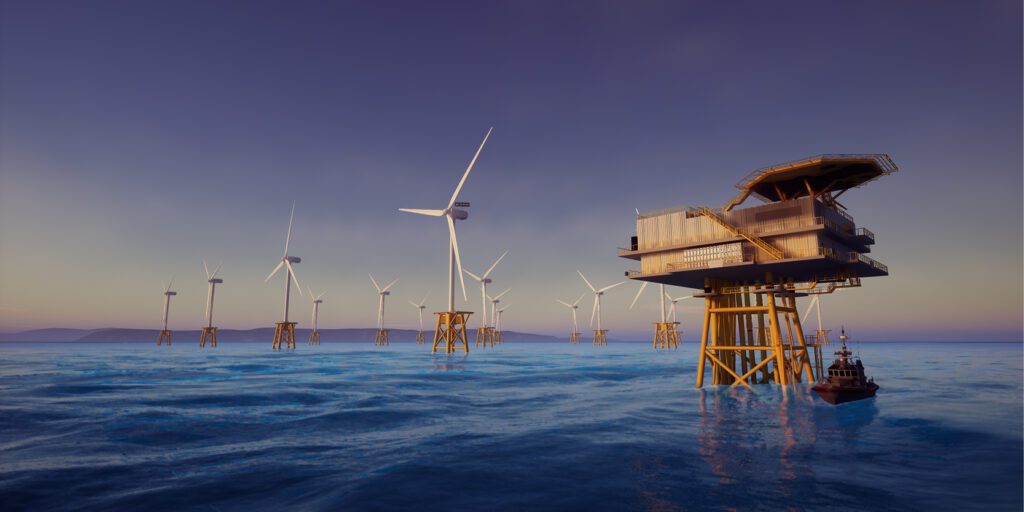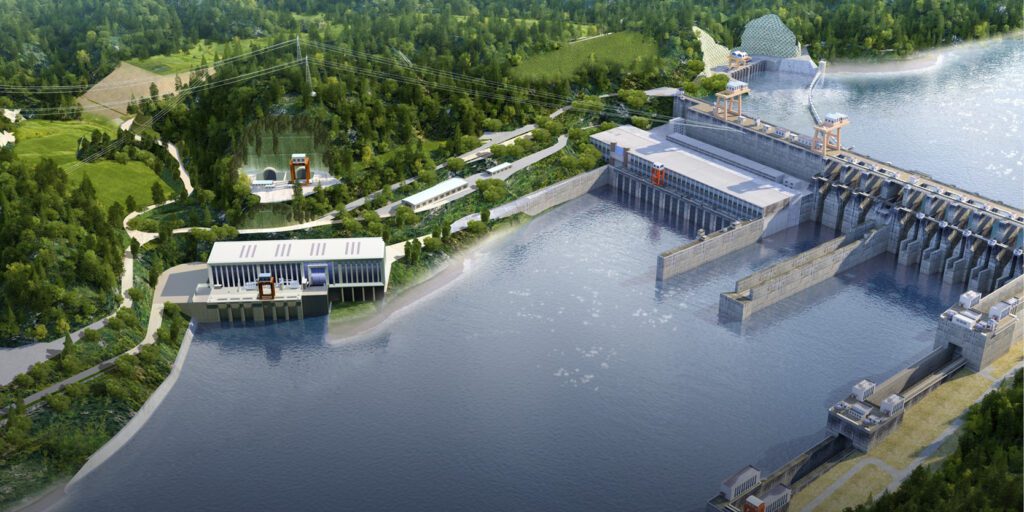- WGIC partner(s): Bentley Systems
- City journey step(s): Implement, Monitor and Impact
- Geospatial data type(s): Renewable energy sources, Digital twins and modeling, Geographic Information Systems
Bentley Systems provides digital twins from geospatial data to support the construction and lifecycle project management for many low-carbon energy transition projects. Optimizing construction design and program management on complex projects increases energy efficiency and reduces carbon emissions. the Konya Karapinar solar plant in Turkey, Bentley collected data from drones to generate 3D as-built point cloud models to create a digital twin of the power plant. Combining drone, photogrammetry and 4D Building Information Modeling (BIM) technologies provided project stakeholders with better visualization of the construction progress and the current project state.

China’s first anti-ice flow offshore wind project used Bentley’s integrated simulation and 3D design tools to achieve a digital twin model to optimize wind farm design, overcome uneven terrain, and protect wind towers from seasonal ice floes. Using Asset Reliability Management Software, owner-operators can use predictive analytics to anticipate failures and critical conditions. This approach can achieve up to 80% reduction in offshore inspection visits on the transmission assets, improve safety records and reduce carbon emissions.
In South Korea, Bentley worked with Doosan and Microsoft to develop a digital twin of one of its wind farms, creating a 3D model for operators. The digital twin links IoT sensor data, machine learning and models to accurately predict production output, maximize energy production, and minimize operations and maintenance costs.
For geothermal energy projects, Bentley uses a subsurface digital twin to dynamically update their model while drilling to inform decisions around directional drilling and when to complete the wells. Managing and visualizing data to make important decisions saved tens of millions in reduced drilling costs and 85MW of energy.

The Wuqiangxi hydroelectric power station expansion project in Hunan, China, added 500 MW of capacity while reducing CO2 emissions by 472,100 tons. Bentley’s lifecycle digital plant management included solutions for design, 3D models and project collaboration to coordinate stakeholders and reduce the design time and construction cost.
Similarly, Bentley supported the ITER Organization (an international nuclear fusion research and engineering megaproject of 35 countries) to build the world’s largest nuclear power plant. Once operational, it will be the first fusion device to produce carbon-free energy and maintain fusion for long periods for the commercial production of fusion-based electricity. 4D planning technology at ITER, combining construction schedules and detailed engineering CAD models, provides a detailed visual representation of activities and greatly improves the speed and quality of the construction schedule.


